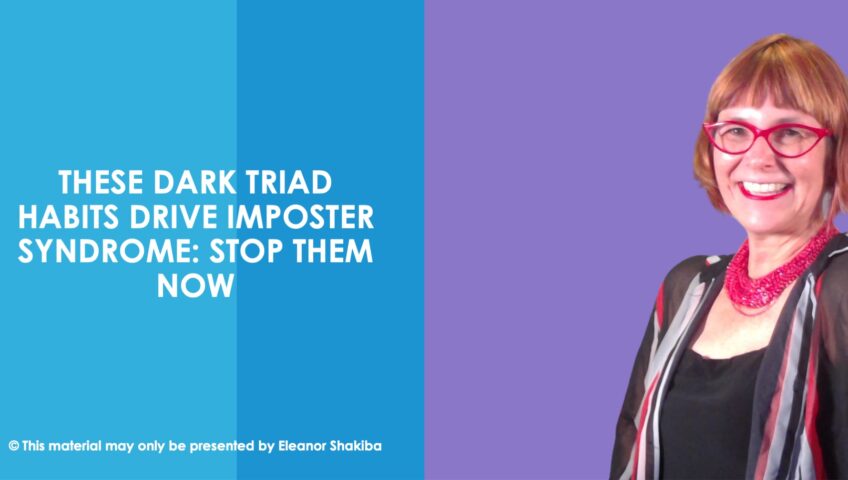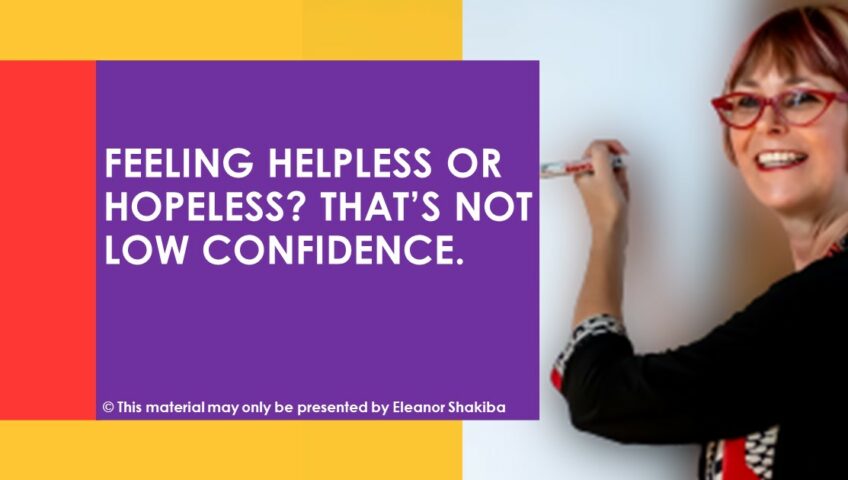Do you believe that positive thoughts and confidence go together? Wrong! A study has found that confident people have just as many moments of pessimism and negative thoughts as the rest of us. So, negative thoughts don’t harm your self-assurance. It’s what you do next that makes the difference.
Unconfident people do nothing. Confident people take action. Why? Because confident people believe that their actions can lead to positive results. They have high levels of personal power (psychologists call this self-efficacy).
Combining self-efficacy with emotion regulation and another ‘secret ingredient’ creates a solid foundation for authentic confidence. Of course, I’m not the first coach to point out that confidence is NOT a one-dimensional state. All personal change modalities, spiritual systems and models of the human mind frame confidence as a complex ecosystem. Simply put, a confident mind consists of many parts.
[convertkit form=3449731]
One of my favourite models comes from the family therapist, Virginia Satir. She said there are five freedoms:
- The freedom to see and hear what is;
- The freedom to say what you feel and think;
- The freedom to feel what you actually feel;
- The freedom to ask for what you want
- The freedom to take risks on your own behalf.
Virginia Satir wasn’t just a therapist, she was also a poet. To me, Satir’s five freedoms provide a solid foundation for confidence. I hope you’ll extend them to others and claim them for yourself.




